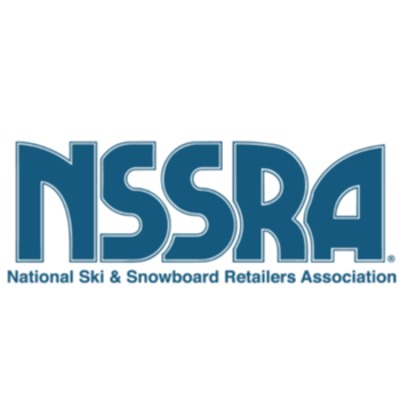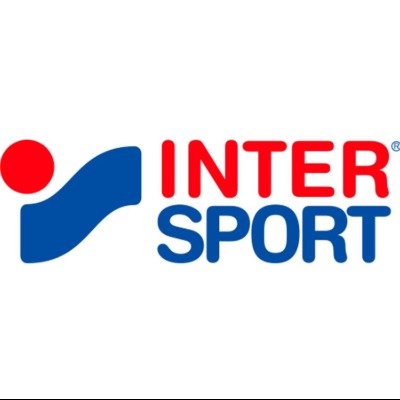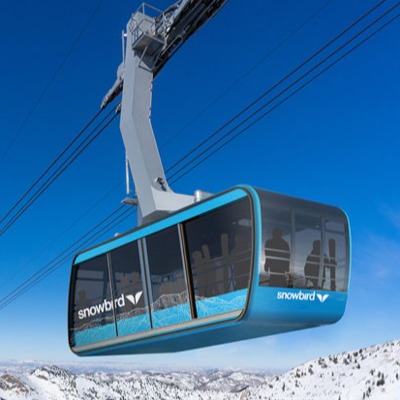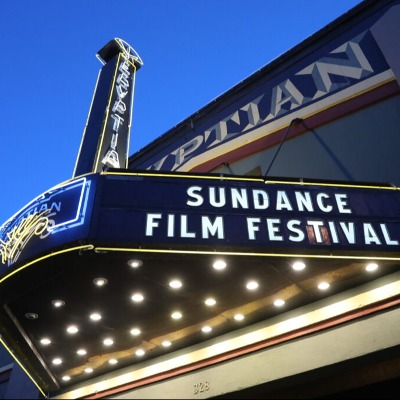Forest Service Consults On Lee Canyon's $35 Million Improvement Plans
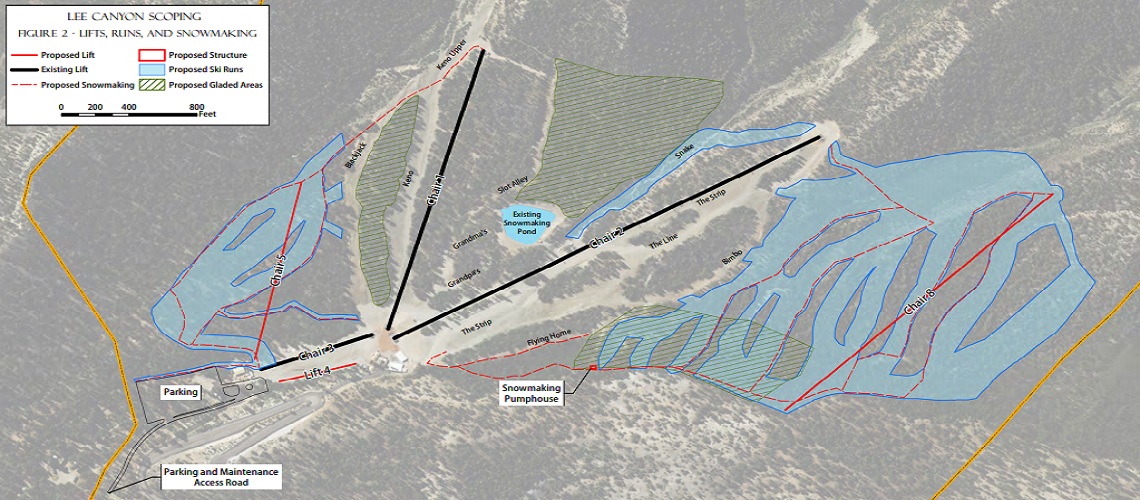
In 1962, the Forest Service issued the first special use permit for Lee Canyon ski area to the Clark County Board of Commissioners, establishing one the older ski areas in the West with two rope tows, a cable ski sled, and a warming hut operated by the Las Vegas Ski Club.
Over the next 20 years, ownership changed and the existing Chair 1 (Sherwood) lift and lifts in the approximate locations of Chairs 2 and 3 (Bluebird and Rabbit Peak) were constructed. The existing base area structures were also built and expanded during this time period. Powdr Corp. acquired an ownership interest in Lee Canyon in 2004. Since that time Chairs 2 and 3 were replaced and the snowmaking reservoir was built, but the overall character of the resort remains dated.
In May of 2011, Lee Canyon submitted a Master Development Plan (MDP) to the Forest Service with the goals of modernizing the ski area and developing underutilized portions of the permit area. The Forest Service accepted the MDP in June of 2011.
Extensive customer surveys conducted by Lee Canyon and other resorts indicate that visitors are increasingly seeking a more diverse range of recreational activities, particularly for families, that includes year-round opportunities and more adventurous options. The Forest Service response to this trend includes our 2012 introduction of the Framework for Sustainable Recreation, which sets goals for providing a diverse array of recreational opportunities aimed at connecting people with the outdoors and promoting healthy lifestyles, in partnership with other public and private recreation providers.
Also, passage of the Ski Area Recreational Opportunity Enhancement Act of 2011 provides direction on the types of summer activities the Forest Service should consider authorizing to round out the range of opportunities provided to the public at permitted mountain resorts.
Reflecting these developments, the purpose and need for the proposed action is to:
• Update and renovate ski area infrastructure, particularly run-down base facilities, to meet current standards and the expectations of today’s recreation market.
• Improve balance on several levels: between lift and run capacity, between on-mountain and basearea capacity, and between overall ski area capacity and growing recreational demand from Las Vegas and the surrounding area.
• Develop year-round recreational opportunities to meet increasing demand by recreationists of various types and skill levels.
The Forest proposes to authorize Lee Canyon to implement the first phase of the resort’s accepted MDP. The proposed action described below represents Phase 1 of the MDP. It is the result of a collaborative, multi-year process involving input from Lee Canyon, the Forest Service, and the Fish and Wildlife Service.
Authorized project elements would be implemented within 5 years.
Lifts and Ski Runs
1. Lift 4: A new carpet lift along the skier’s left edge of the Rabbit Peak run. This would be a portable installation involving no excavation or permanent structure.
2. Chair 5: A new fixed-grip quad chairlift on the slope east of the existing beginner area, with three new novice-level ski runs and a skiway returning to the mid-mountain area.
3. Chair 8: A new fixed-grip quad chairlift accessing several new higher-elevation novice to intermediate ski runs southwest of Chair 2.
4. Glading (i.e., selective tree removal to open dense forest patches) between Chairs 1 and 5, above the snow-making pond, and below the lower terminal of Chair 8 to create off-piste skiing opportunities and potentially improve habitat for the endangered Mt. Charleston blue butterfly.
Snowmaking Coverage
Additional snowmaking lines and a pump house to provide flexibility for snowmaking coverage.
Summer Activities
On-mountain summer activities including:
• Mountain Coaster
• Hiking Trail
• Mountain Bike Trail System
• Zip Line Facilities
Building
1. A new equipment rental/food & beverage building at the mid-mountain site.
2. A new skier services building at the mid-mountain site.
3. A new first aid/ski patrol building near the bottom of the new Lift 4.
4. A vault toilet facility at the lower parking lot.
5. A new parking lot below the beginner area.
6. A gate house on the access road.
7. A new culinary water tank near the snowmaking reservoir.
Lifts and Ski Runs Lift
Lift 4 would be designed for first-time skiers, providing them the opportunity to get a feel for being on skis or boards, riding a lift, and sliding on a very mild grade – a “bunny hill.” It would be a moving carpet lift about 450 feet long, with a vertical rise of 80 feet, running along the length of the beginner slope, along the skier’s left edge. It would be installed on a raised berm on ties or concrete blocks. No additional clearing or grading would be needed, as the alignment lies on the edge of the existing beginner run. It would be electrically powered, drawing from an existing transformer in the mid-mountain area.
In addition to use by beginner skiers, the lift would also serve a staging function (i.e., transporting guests from the lower parking lot to the base area) and may be used for tubing, replacing the current cable lift. Chair 5 The Chair 5 pod would be the next step up from the bunny hill, providing beginners and low intermediate skiers the opportunity to transition to a chairlift and ski a variety of longer “green” runs.
Chair 5 would be an 1,800 person-per-hour (pph) fixed-grip quad chairlift with a loading conveyor. The lift would be 1,275 feet long, with a vertical rise of 310 feet. It would be a top-drive lift, powered from a transformer at the maintenance shop. The power line would be trenched into a construction access road, running up the skier’s right side of the central ski run, from the shop to the upper terminal.
These runs were adjusted to maximize potential benefits to butterfly habitat extent, quality, and connectivity. The final ski runs would be designed to work with existing topography as much as possible. Even so, grading of new ski runs would be necessary in some areas to create suitable fall-lines for skier safety and flow. New ski runs would incorporate design features to make them less visually striking, including feathered edges, tree islands, and strategic placement to make them less visible from sensitive viewpoints. In addition to the ski runs, traverses would be cut to provide access to the lower terminal and to the lower terminals of Chairs 1 and 2 as well as the base area. Chair 8 Similar to existing Chair 2, Chair 8 would be a step up in difficulty from Chair 5, accessing mostly intermediate runs with some easier and some more difficult terrain within that category. It would be a fixed-grip quad chairlift with a capacity of 1,800 pph, 2,200 feet long, with a vertical rise of 650 feet. It would be a bottom drive, with a power line trenched into a new access road from the mid-mountain area to the lower terminal of Chair 8. Skiers would use Chair 2 to access the Chair 8 pod.
The conceptual ski runs were adjusted to maximize potential benefits to butterfly habitat and minimize visual impact, as discussed above for Chair 5.
Tree and Glade Skiing
Three areas with the potential for both butterfly habitat improvement and tree skiing have been identified. One, a parcel of about 5.5 acres, is a tree island between Keno and Blackjack runs, in the Chair 1 pod. The second, about 16 acres, lies above the snow-making reservoir, accessed from Chairs 1 and 2. The third, about 12 acres, is in the lower portion of the Chair 8 pod, with access from that lift.
The intent of glading is to open up areas that are currently too densely forested for most skiers to navigate comfortably while opening forest canopy to encourage understory growth. These three areas were prioritized because, in addition to their skiing prospects, they comprise potential or historic butterfly habitat, or could provide connectivity between habitat areas if tree cover were reduced. Smaller trees, infirm or damaged trees, and white fir trees would be the priorities for removal. Work would be done by hand or, in some areas, using equipment such as feller-bunchers.
Snowmaking Coverage
Snowmaking is currently limited to primary runs in each pod – Keno off of Chair 1, The Strip off of Chair 2, The Line off of Chair 2, and Rabbit Peak off of Chair 3. Expanding the snowmaking system would provide the option to use available water to make snow where it was most needed. This proposal entails expanding coverage to the other primary, existing runs in the Chair 1 and Chair 2 pods initially (except Slot Alley, Grandma’s, Grandpa’s, Blackjack, and Bimbo), then to all primary runs in the Chair 5 pod and two main runs in Chair 8 pod when those pods are developed. The amount of water available is a factor determining the pace of snowmaking expansion, and the 2010 expansion of the snowmaking pond created new options.
The infrastructure necessary to complete this system expansion includes buried water and electric lines, surface hydrants to connect snowmaking guns, and an additional pump house (roughly 600 square feet) when snowmaking in the Chair 8 pod is developed. The alignments of snowmaking lines have been adjusted to avoid butterfly habitat wherever possible.
To comment go to










